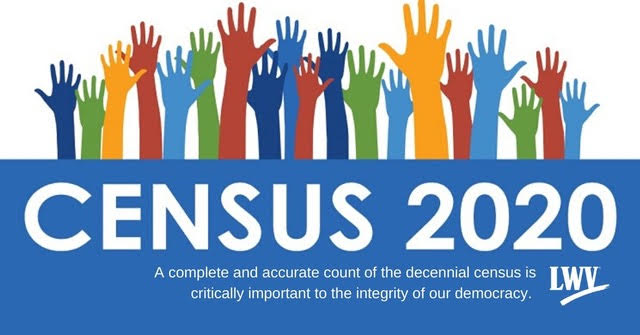By Isaac Cohen*
The release of the first results of the 2020 census, last week, led to focus on the states that will lose or gain seats in the House of Representatives, which are apportioned every decade based on the last census figures. However, the report also revealed a fact not seen in eight decades. According to the Bureau of the Census, in April 2020, the population of the United States reached 331.5 million, an increase of 7.4 percent between 2010 and 2020, down from 9.7 percent between 2000 and 2010, the second lowest rate of population growth since the first census of 1790. During the decade of the Great Depression, in the 1930s, the rate of increase was 7.3 percent.
The factors contributing to the decrease are known. First, the number of births per1,000 women between the ages of 15 and 44 fell from 64.1 in 2010 to 58.3 in 2019, therefore, in the United States today there are more persons over 80 years old than persons younger than 2 years old. The other factor was less immigration, resulting from the Great Recession of 2008, together with the restrictions applied by the previous administration and the pandemic. This contrasts with the arrival in the United States of 72 million immigrants between 1965 and 2015, who contributed more than half of the population increase in the same period.
If present trends persist, the United States will join other advanced economies, such as Japan or Italy, which are confronting significant increases in the aging segments of the population.
*International analyst and consultant, former Director ECLAC Washington. Commentator on economic and financial issues for CNN en Español TV and radio, UNIVISION, TELEMUNDO and other media.




